The Green Turtle, also known as the Green Sea Turtle, is a species of marine turtle that lives in tropical and subtropical oceans. Researchers place this species in the Cheloniidae family, alongside loggerhead turtles, hawksbill turtles, olive ridley turtles, flatback turtle, and Kemp’s ridley sea turtles.
Scientists classify the last sea turtle species, the leatherback sea turtle, in the Dermochelyidae family. Read on to learn about the Green Turtle.
Description of the Green Turtle
Despite their name, this species is actually not green in color. Their coloration is more of a dark brown to black, depending on the age and individual. They also have yellow markings on their limbs, heads, and the lower half of their shells.
Most Green Turtles weigh between 330 lbs. and 440 lbs. or so. They measure between 39 in. and 48 in. in length. They have oval-shaped shells, long paddle-like front flippers, and shorter rear flippers.
Interesting Facts About the Green Turtle
This Endangered species is incredibly interesting and resilient. Learn more about what makes these sea turtles so unique below.
- Turtle Shell – All turtles have a shell, and some can even retract into that shell for protection! While sea turtles cannot retract into their shells, they do have strong, hard plates to protect the creatures from attack.
- Plastron and Carapace – No, we aren’t naming Transformers! These are actually the technical terms for the top and bottom of a turtle’s shell. Scientists call the top half of the shell the carapace, and the bottom half of the shell the plastron.
- What’s in a Name? – We know that these turtles aren’t actually green, but where did their name come from? Interestingly, people didn’t name this species because of the color of its shell, but the color of its fat! These sea turtles have a layer of green fat in between their shells and their organs.
- Long Lived – Scientists believe that this species can 75 years or longer! As is the case with many species with long lifespans, these creatures do not begin breeding until much later in life. It can take anywhere from 27 to 50 years for a sea turtle to breed for the first time.
Habitat of the Green Turtle
Unlike some other species of turtles, which prefer freshwater, sea turtles live exclusively in the ocean. They only live in saltwater habitats, and usually prefer waters that are relatively shallow and warm. This species in particular lives along coastlines and feeds on sea grasses that grow in the shallow water.
The only time they come ashore is to breed. Like all sea turtles, this species nests on sandy beaches with shallow slopes.
Distribution of the Green Turtle
This species lives in the Atlantic Ocean, the Pacific Ocean, the Mediterranean Sea, and the Indian Ocean. They prefer regions with warm waters, so they primarily inhabit tropical and subtropical areas. Their range extends anywhere from 40º north of the equator to 40º south of the equator.
Diet of the Green Turtle
When these reptiles start out in life, they spend most of their time feeding on invertebrates. They eat fish eggs, small shrimp, worms, sponges, and algae. As they reach adulthood their diet shifts to an herbivorous one. Adults feed primarily on sea grass, algae, moss, sea lettuce, and more.
Green Turtle and Human Interaction
Human activity threatens this species in a number of different ways. Humans have historically eaten sea turtles and their eggs, though nowadays most places have outlawed this practice. Human activity also destroys their nesting sites and causes catastrophic failure of their food sources.
The IUCN currently lists this species as Endangered. Some additional threats to the Green Turtle include boat strikes, global climate change which impacts incubation of eggs, and entanglement in fishing nets.
Domestication
Humans have not domesticated this species in any way.
Does the Green Turtle Make a Good Pet
No, this sea turtle does not make a good pet. In fact, no sea turtle makes a good pet! These creatures grow to incredibly heavy weights and are much too large for you to keep in a household aquarium. Additionally, they are a protected species and it is illegal for you to own, handle, or harass these turtles.
Green Turtle Care
Some zoos and aquariums house injured Green Turtles that cannot be released back into the wild. Many facilities also rehabilitate wild turtles and release them when they are healthy enough. In these facilities, they keep the sea turtles in tanks appropriate to their size and health.
Hatchlings and juveniles live in smaller tanks and pools while growing or healing. Adults live in larger pools and typically “upgrade” to even larger habitats as their health improves. Zookeepers and aquarium staff feed these reptiles a diet of lettuce and other vegetables, or shrimp and small fish for juveniles.
Behavior of the Green Turtle
When all is going well, these creatures live a laid-back, solitary life. They swim along in search of food, or cruise in ocean currents to migrate.
However, life isn’t always easy for these sea turtles. Some must travel extreme distances to find food in areas with high pollution or habitat destruction. Others must live with lifelong injuries delivered by boat strikes or fishing equipment, if they survive those interactions in the first place.
Reproduction of the Green Turtle
At the fresh young age of 27, this species can potentially begin breeding, though some wait until they are 50 years old! They only breed once every 2 – 4 years, but they produce quite impressive clutches of eggs.
Females climb onto the beach to lay their eggs in a hole in the sand. A single nest can contain between 75 and 200 eggs! These eggs incubate in the sand for 45 to 75 days, and when the young hatch they must dig their way out. After reaching the surface they have to find their way by the light of the moon, avoiding predators and human-dug holes in their path.

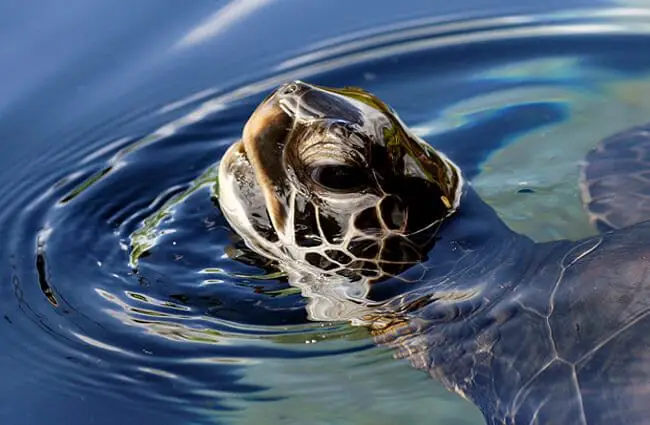
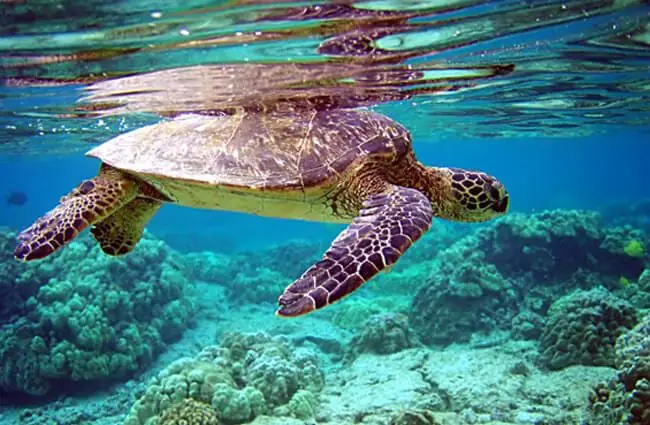

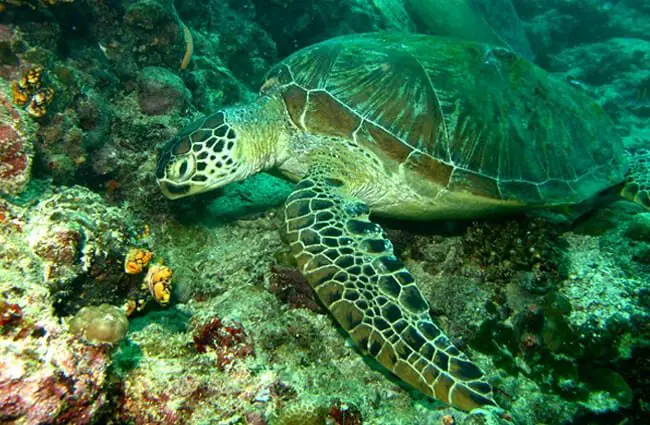
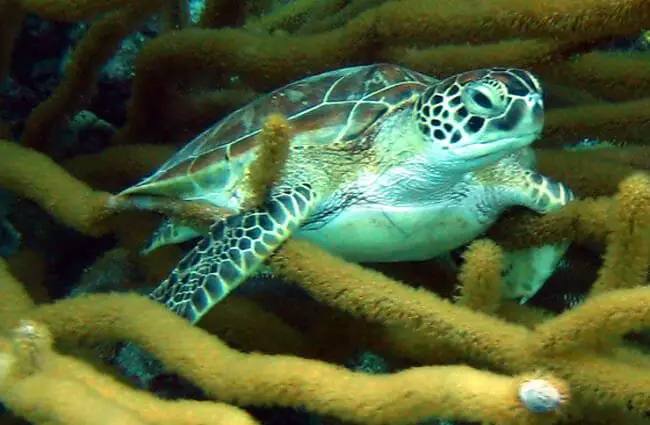
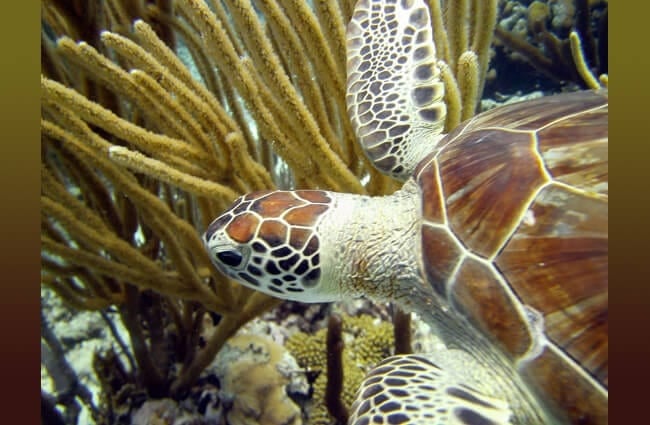
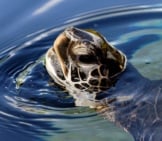
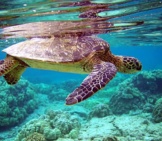
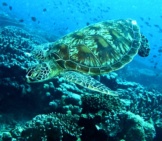
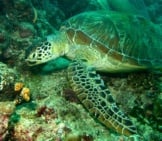
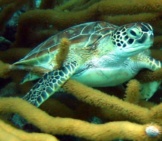

![Red Angus Closeup of a beautiful Red Angus cowPhoto by: U.S. Department of Agriculture [pubic domain]https://creativecommons.org/licenses/by/2.0/](https://animals.net/wp-content/uploads/2020/03/Red-Angus-4-238x178.jpg)












![Red Angus Closeup of a beautiful Red Angus cowPhoto by: U.S. Department of Agriculture [pubic domain]https://creativecommons.org/licenses/by/2.0/](https://animals.net/wp-content/uploads/2020/03/Red-Angus-4-100x75.jpg)

